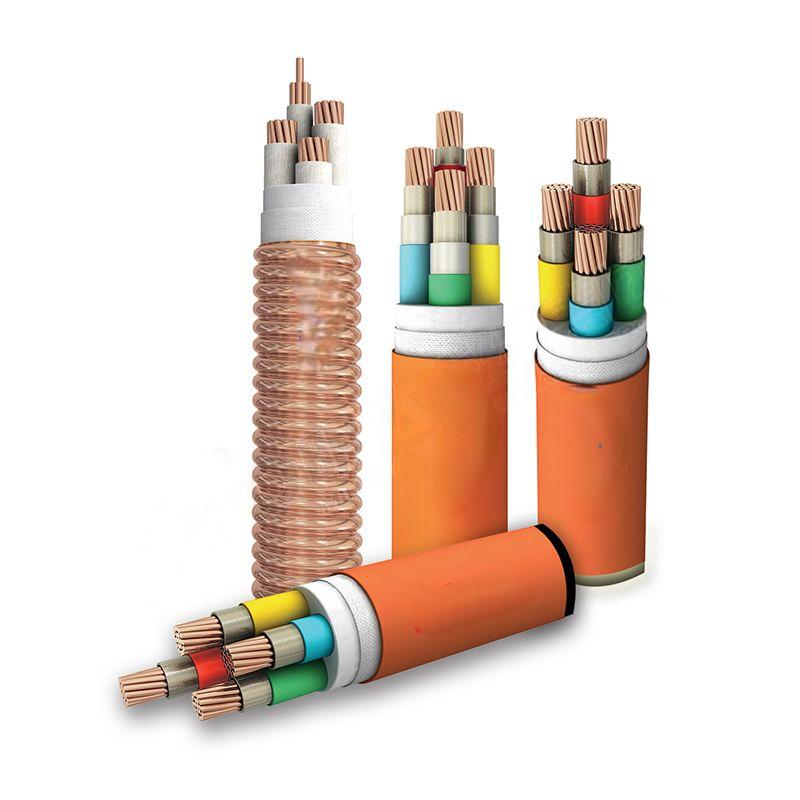ಡಿಸೆ . 11, 2024 21:38 Back to list
wafer type butterfly valve dimension
Understanding Wafer Type Butterfly Valve Dimensions
Butterfly valves are widely used in various industries for regulating flow in pipelines due to their compact design, lightweight structure, and ability to provide tight sealing. Among the various designs of butterfly valves, the wafer type butterfly valve stands out for its versatility and ease of installation. This article will delve into the dimensions of wafer type butterfly valves, which are crucial for ensuring optimal performance and compatibility in piping systems.
What is a Wafer Type Butterfly Valve?
Wafer type butterfly valves are a specific design of butterfly valves that are placed between two flanges in a piping system. Unlike lug type butterfly valves, which have threaded inserts for bolt attachment, wafer type valves rely on the compression of the piping flanges to maintain their position. This design not only reduces the overall weight of the valve but also simplifies installation, making it an ideal choice for various applications, including water treatment, power generation, and manufacturing.
Key Dimensions of Wafer Type Butterfly Valves
When selecting a wafer type butterfly valve, several critical dimensions must be considered to ensure proper fit and function. Here are some of the most important dimensions to take into account
1. Nominal Size (DN) The nominal size, commonly referred to as the diameter nominal (DN), indicates the valve's size and is matched to the pipeline diameter. DN sizes can range from small (e.g., DN 50) to large (e.g., DN 3000), providing options for various flow capacities.
2. Face-to-Face Length This dimension is critical as it determines the amount of space required to install the valve between two flanges. The face-to-face length varies based on the valve's size and the manufacturer, so checking specific standards like ISO 5752 or ASME B16.10 is essential for compatibility.
3. Thickness of the Body The valve body thickness impacts the durability and pressure rating of the valve. Heavier construction can withstand higher pressures but may also increase the weight considerably.
wafer type butterfly valve dimension

4. Bolt Hole Pattern The design of the bolt hole pattern on the valve flanges must align with the flange pattern of the piping system. This ensures that the valve can be securely bolted in place. Proper alignment is vital, as improper bolt arrangements can lead to leaks or failure.
5. Disc Diameter The size of the disc directly affects the valve's flow capacity. A larger disc allows for higher flow rates but may require more energy to operate. Evaluating the required flow rate for your application is essential to select the right disc diameter.
6. Operating Mechanism Dimensions Wafer type butterfly valves may use various operating mechanisms, such as manual levers, pneumatic actuators, or electric actuators. The size and configuration of these components can impact the overall dimensions of the installed valve, necessitating careful consideration during selection.
7. Bonnet Dimensions If the valve includes a bonnet for additional features like actuators or gearboxes, the dimensions of the bonnet must also be considered to ensure there is sufficient clearance within the piping layout.
Importance of Accurate Dimensioning
Choosing the correct dimensions for wafer type butterfly valves is crucial not just for installation but also for operational efficiency. An improperly sized valve can lead to inadequate sealing, increased leakage, and potential pressure drops in the system. It can also result in excessive wear and tear, leading to frequent maintenance and replacements.
To avoid these issues, always refer to the manufacturer's specifications for each valve, and consider the specific requirements of your application. Consulting with professionals in piping design and valve selection can greatly enhance the longevity and reliability of your fluid management systems.
Conclusion
Wafer type butterfly valves play a vital role in fluid control systems, and understanding their dimensions is essential for effective application. By paying close attention to key dimensions such as nominal size, face-to-face length, body thickness, bolt hole patterns, and others, you can ensure an optimal fit and functionality. Ultimately, this strategic selection contributes to the overall efficiency and reliability of your piping systems.
Share
-
Reliable Wafer Type Butterfly Valves for Every IndustryNewsJul.25,2025
-
Reliable Flow Control Begins with the Right Ball Check ValveNewsJul.25,2025
-
Precision Flow Control Starts with Quality ValvesNewsJul.25,2025
-
Industrial Flow Control ReliabilityNewsJul.25,2025
-
Engineered for Efficiency Gate Valves That Power Industrial PerformanceNewsJul.25,2025
-
Empowering Infrastructure Through Quality ManufacturingNewsJul.25,2025